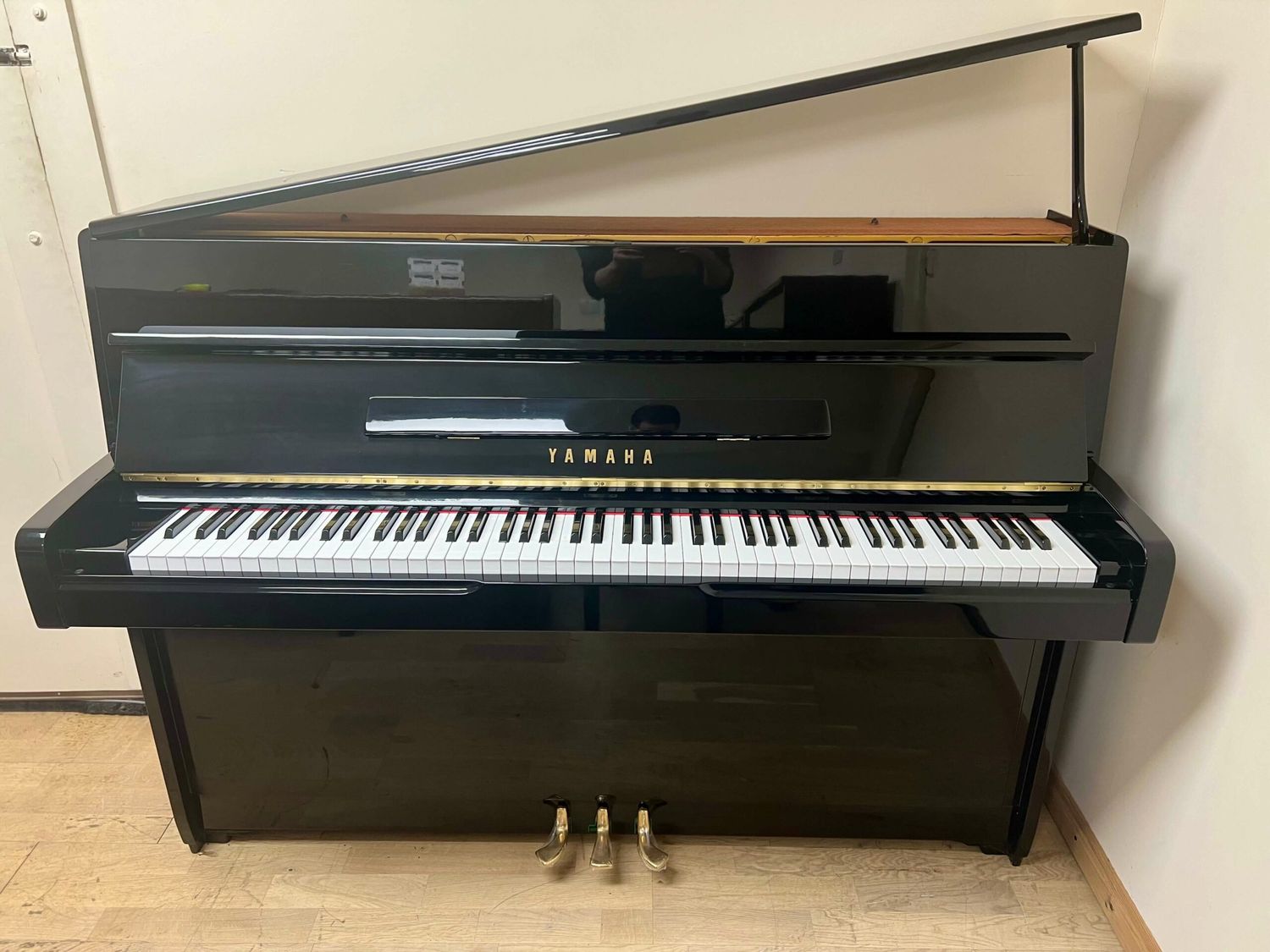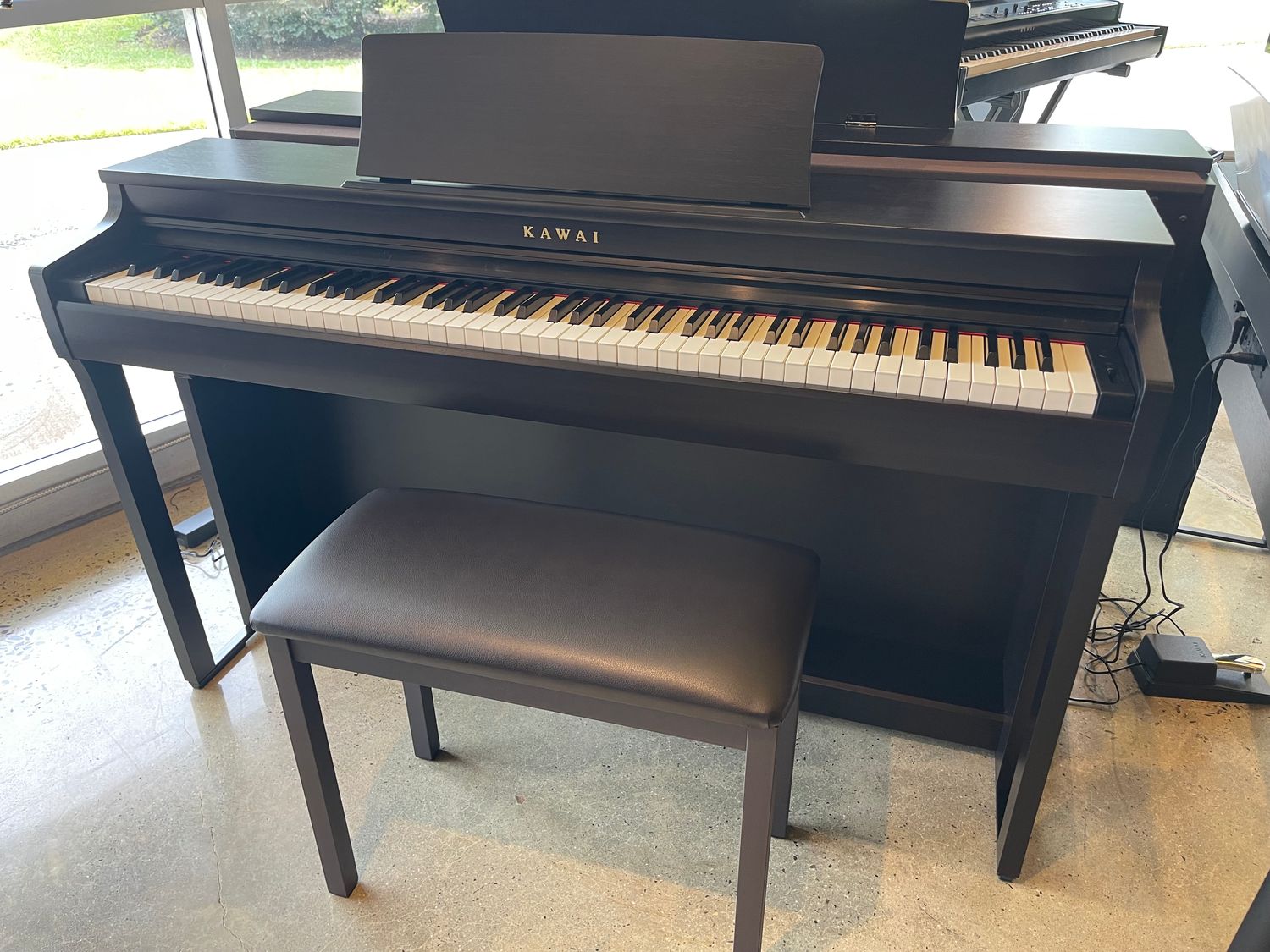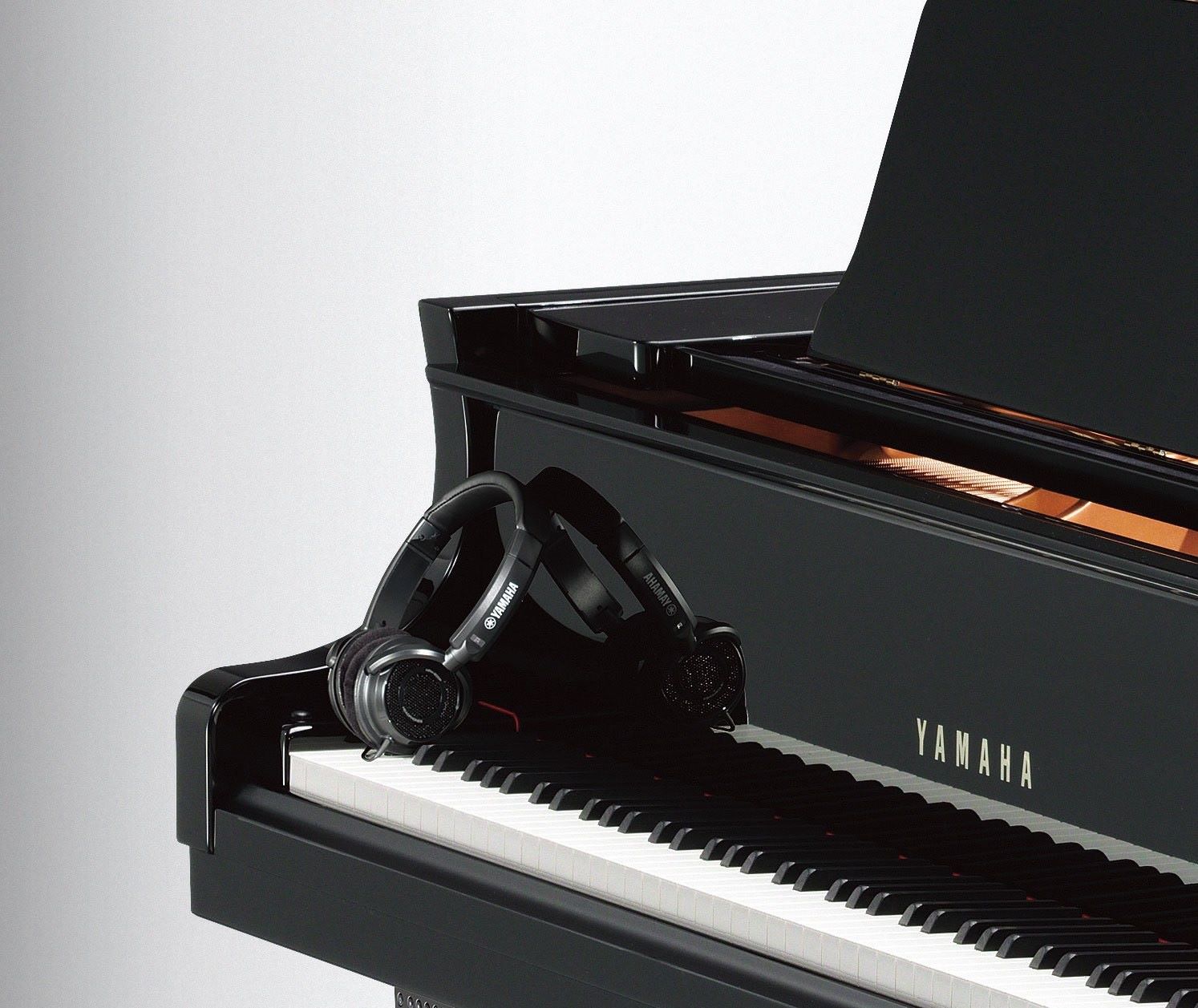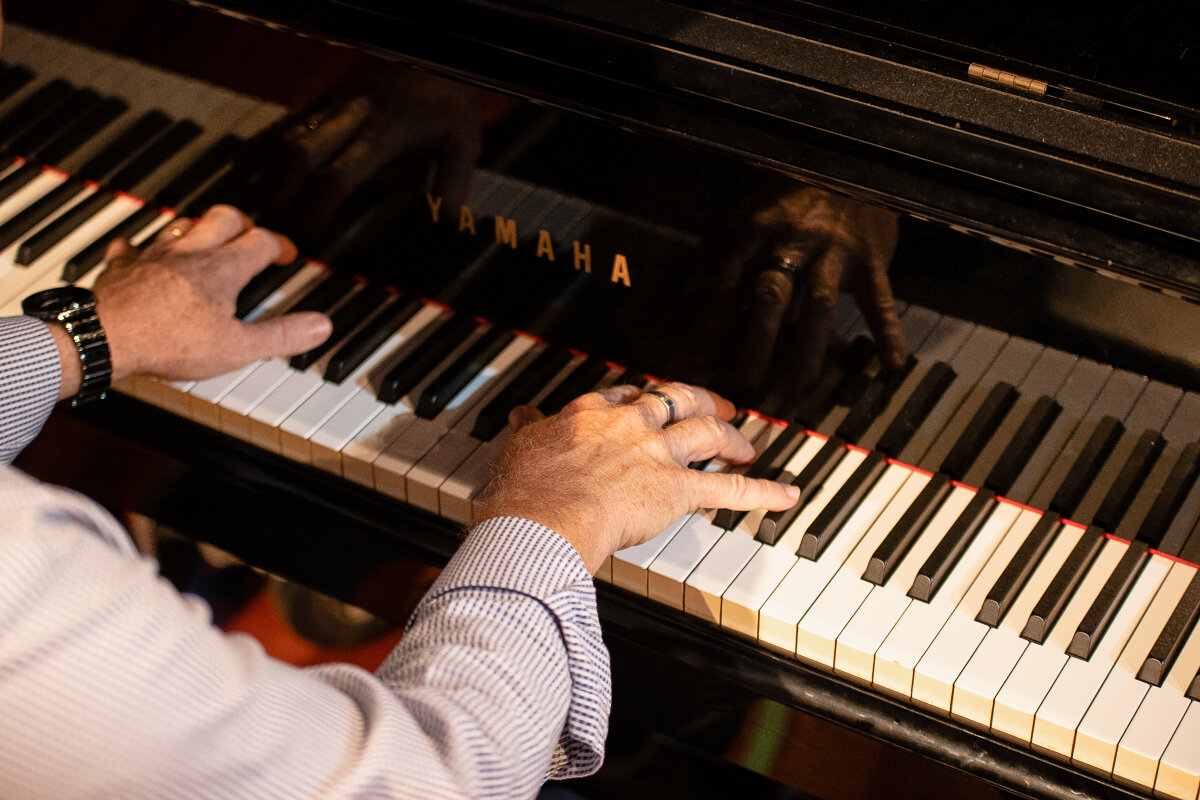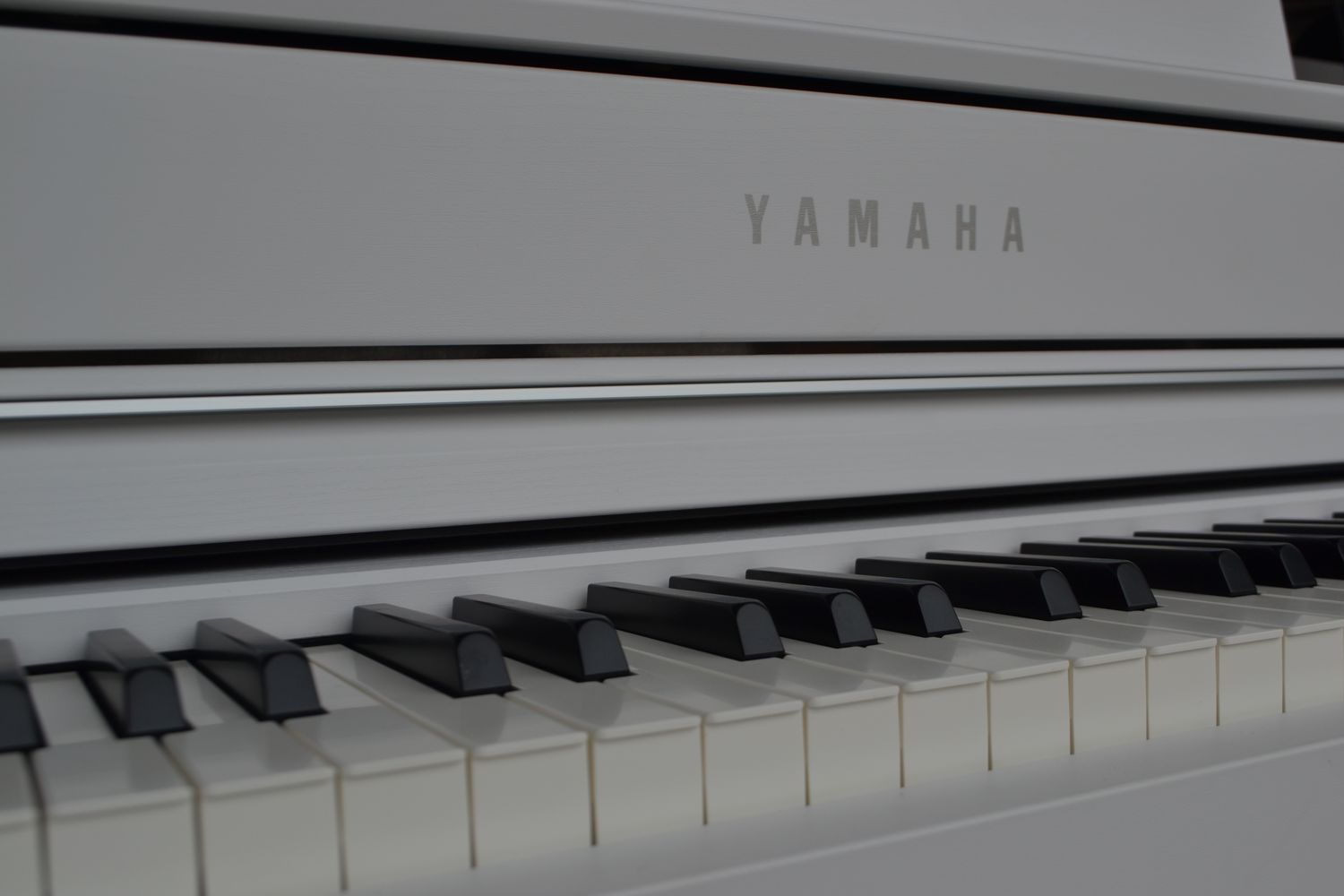Home>Instruments>Piano>What Is Bb On Piano


Piano
What Is Bb On Piano
Published: February 10, 2024
Learn what Bb on piano means and how to play it. Discover the basics of playing the Bb chord on the piano and improve your skills.
(Many of the links in this article redirect to a specific reviewed product. Your purchase of these products through affiliate links helps to generate commission for AudioLover.com, at no extra cost. Learn more)
Table of Contents
Introduction
Playing the piano is a captivating and rewarding endeavor, offering a rich tapestry of musical expression. As you delve into the world of piano playing, you'll encounter various notes, chords, and scales that form the foundation of this timeless instrument. One such note is Bb, which holds a significant place in the piano's musical landscape.
Understanding Bb on the piano involves more than just recognizing it on the keyboard. It entails comprehending its role in chords, scales, and melodies, and how it contributes to the overall harmonic structure of a piece of music. Whether you're a beginner pianist or a seasoned player looking to deepen your understanding, exploring the nuances of Bb can elevate your musical prowess.
In this article, we'll embark on a journey to unravel the essence of Bb on the piano. From its placement on the keyboard to its application in chords and scales, we'll uncover the multifaceted nature of this note. By the end of our exploration, you'll not only grasp the technical aspects of Bb but also appreciate its artistic significance in shaping the melodic and harmonic dimensions of piano music. So, let's embark on this melodic expedition and unravel the mysteries of Bb on the piano.
Understanding Bb on Piano
Before diving into the specifics of playing and utilizing Bb on the piano, it’s essential to grasp the theoretical underpinnings of this note. Bb, or B-flat, is a crucial element in the musical lexicon, not only for the piano but for various other instruments as well. On the piano, Bb is the black key located to the immediate left of B. It is the note that lies a half step below B, and it holds a pivotal place in numerous musical compositions across genres.
From a theoretical standpoint, Bb is part of the Bb major scale, which comprises the notes Bb, C, D, Eb, F, G, and A. This scale serves as the foundation for countless melodies and harmonies, offering a rich and resonant sound that forms the basis of many musical pieces. Understanding the placement of Bb within this scale is fundamental to comprehending its role in creating melodic and harmonic progressions on the piano.
Additionally, Bb is a cornerstone of the Bb major chord, which consists of the notes Bb, D, and F. This chord’s warm and vibrant tonality makes it a popular choice in various musical compositions, adding depth and color to the overall harmonic structure. Moreover, Bb appears in a multitude of other chords and chord progressions, further solidifying its significance in the piano’s harmonic landscape.
Furthermore, Bb can be found in the context of arpeggios, intervals, and melodic patterns, all of which contribute to the intricate tapestry of piano music. Its versatile nature allows it to seamlessly integrate into diverse musical styles, from classical and jazz to pop and beyond, showcasing the breadth of its musical influence.
By delving into the theoretical framework of Bb on the piano, we lay the groundwork for a comprehensive understanding of its musical implications. This knowledge sets the stage for exploring the practical aspects of playing and incorporating Bb into your piano repertoire, which we’ll delve into in the following section.
Playing Bb on Piano
When it comes to playing Bb on the piano, there are several techniques and considerations to keep in mind. As mentioned earlier, Bb is the black key located to the immediate left of B on the keyboard. To play Bb, simply press the key with your second finger (index finger) of the right hand or the thumb of the left hand, depending on the context of the music and the hand position you’re using.
It’s important to approach Bb with a relaxed and fluid motion, allowing your finger to depress the key with gentle precision. Whether you encounter Bb in a melody, a chord, or a scale, maintaining a balanced and relaxed hand posture is essential for achieving a clear and resonant sound.
When incorporating Bb into your piano playing, consider its placement within the musical piece and its interaction with other notes and chords. Whether you’re playing a classical sonata, a jazz standard, or a contemporary pop song, the way you navigate to and from Bb can significantly impact the overall musical expression.
Additionally, practicing scales that include Bb, such as the Bb major scale or its relative minor, G minor, can enhance your dexterity and familiarity with this note. By integrating Bb into your technical exercises, you’ll develop a nuanced understanding of its position within various musical contexts, ultimately refining your piano playing skills.
Furthermore, exploring different articulations and dynamics when playing Bb can imbue your performance with depth and expression. Experimenting with legato, staccato, and various dynamic levels can unveil the versatility of Bb and its capacity to convey a range of emotions and moods within a musical passage.
Mastering the art of playing Bb on the piano involves not only technical proficiency but also a keen sense of musicality and expression. By honing your ability to execute Bb with precision and artistry, you’ll harness its melodic and harmonic potential to enrich your piano performances and musical interpretations.
Using Bb in Chords and Scales
Integrating Bb into chords and scales opens up a world of harmonic and melodic possibilities on the piano. As mentioned earlier, Bb is a fundamental component of the Bb major scale, contributing to its lush and resonant tonality. When practicing this scale, pay close attention to the placement of Bb within the sequence of notes, familiarizing yourself with its position and sound in the context of the scale.
Furthermore, Bb serves as the root note of the Bb major chord, which forms the basis of harmonic progressions in numerous musical compositions. Experimenting with the Bb major chord and its inversions across the keyboard allows you to internalize the rich, full-bodied sound that this chord produces. Additionally, exploring chordal extensions and variations, such as Bb7 or Bbmaj7, can add depth and complexity to your harmonic explorations.
Beyond the realm of traditional harmony, Bb can be integrated into modal and exotic scales, offering a unique color and flavor to your musical creations. Whether you’re delving into the realms of jazz improvisation, blues piano, or contemporary modal music, infusing Bb into unconventional scales and chord progressions can yield captivating and unconventional musical results.
Moreover, understanding the role of Bb in minor scales, such as the G minor scale, sheds light on its versatility and adaptability across different tonalities. Exploring the melodic and harmonic potential of Bb within the context of minor scales can inspire innovative and evocative musical expressions, enriching your piano repertoire with depth and emotional resonance.
Incorporating Bb into your chordal and scalar explorations not only enhances your technical proficiency but also nurtures your musical creativity. As you navigate the intricate landscape of chords and scales, allow Bb to serve as a catalyst for innovation and expression, guiding you toward new sonic territories and artistic revelations.
Conclusion
In conclusion, the note Bb holds a significant and multifaceted role in the realm of piano music. From its theoretical foundations to its practical applications in playing, chords, and scales, Bb enriches the musical tapestry with its harmonic resonance and melodic allure.
By understanding the placement of Bb on the piano keyboard and its theoretical significance within the Bb major scale and chord, pianists can deepen their comprehension of music theory and harmonic structures. This knowledge serves as a springboard for exploring the expressive potential of Bb in a myriad of musical genres and styles.
When it comes to playing Bb on the piano, precision, fluidity, and musical sensitivity are paramount. Whether executing Bb in a melodic passage, integrating it into a chord progression, or weaving it into a scale, pianists can harness its tonal richness to imbue their performances with depth and emotion.
Moreover, incorporating Bb into chords and scales opens up a world of harmonic and melodic possibilities, nurturing creativity and innovation in piano playing. By delving into traditional and unconventional harmonic contexts, pianists can expand their musical horizons and craft compelling musical narratives.
Ultimately, the journey to unravel the mysteries of Bb on the piano unveils not only its technical intricacies but also its artistic significance. As pianists embark on this melodic expedition, they cultivate a nuanced understanding of Bb’s role in shaping musical compositions and fostering expressive interpretations.
So, whether you’re a novice pianist embarking on your musical odyssey or a seasoned player seeking to deepen your harmonic explorations, Bb beckons with its enchanting allure and boundless potential. Embrace the richness of Bb on the piano, and allow its harmonic resonance to resonate through your musical endeavors, enriching your piano playing with depth, color, and emotive power.

